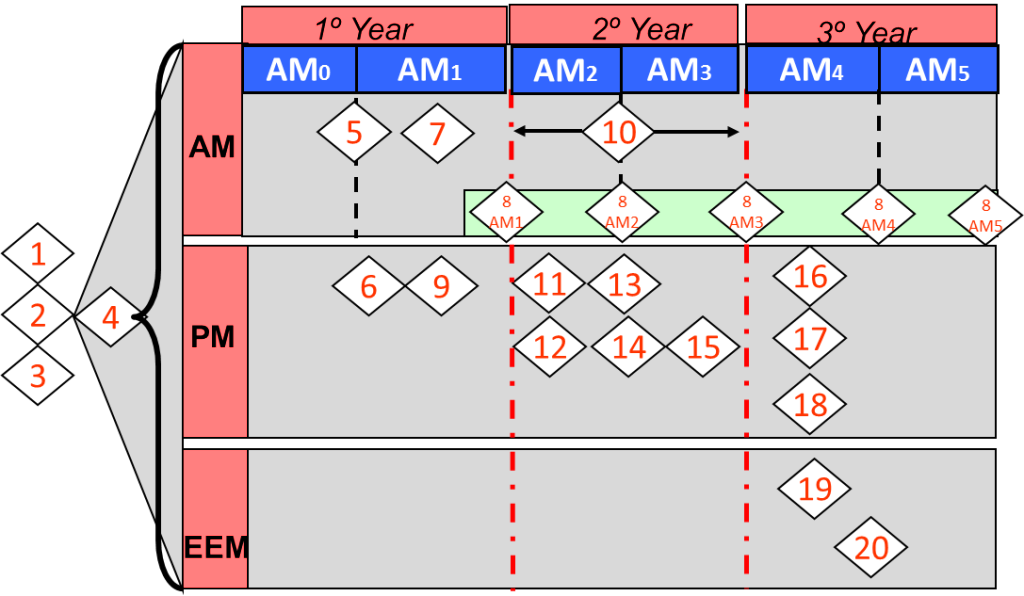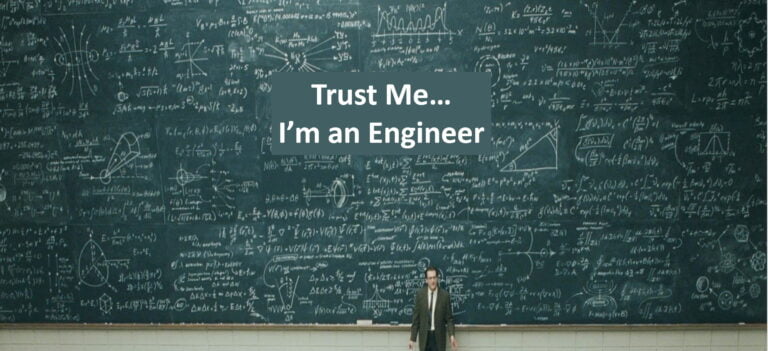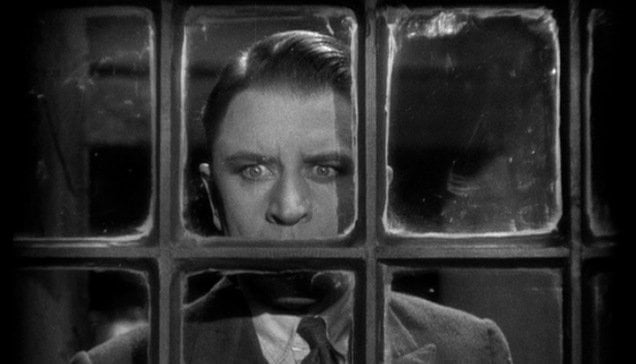Maintenance that Adds Value to Operational Excellence: “Implementation of TPM in 20 Steps for non-Japanese Manufacturers”
Total productive maintenance (TPM) originated in Japan in 1971 as a method for improved machine availability through better utilization of maintenance and production resources. Within years TPM evolved as a management approach and spread all over the world. T stands for Total, P stands for being Productive, and M is representing Maintenance / Manufacturing / Management.
TPM has a long history starting from a Japanese idea that can be traced back to 1952, when preventive maintenance was introduced into Japan from USA. Nippondenso, part of Toyota, was the first company in Japan to introduce plant wide preventive maintenance in 1960. In preventive maintenance, operators produced goods using machines while the maintenance group was dedicated to the work of maintaining those machines.
However, with the high level of automation of Nippondenso, maintenance became a problem as so many more maintenance personnel were now required. So the management decided that much of the routine maintenance of equipment would now be carried out by the operators themselves. Autonomous Maintenance, one of the features of TPM, is more cost-effective as the operator (compared to a highly skilled engineer) is on a lower pay rate. This is not to reduce costs however; the operator has a better understanding of the how the equipment works daily, can tell if an issue is appearing, can tell if quality is decreasing, and, through constant learning, is allowed to follow a career path to a better job. The maintenance group then focused only on more complex problems and project work for long term upgrades.
The maintenance group performed equipment modifications that would improve its reliability. These modifications were then made or incorporated into new equipment. The work of the maintenance group, with the support and input from operators and production engineers, is then to make changes that lead to maintenance prevention and increased quality through fewer defects and a reduction in scrap levels. Thus preventive maintenance along with maintenance prevention and maintainability improvement were grouped as productive maintenance. The aim of productive maintenance was to maximize plant and equipment effectiveness to achieve the optimum life cycle cost of production equipment.
Nippondenso already had quality circles which involved the employees making changes. Now, all employees took part in implementing Productive maintenance. Based on these developments, Nippondenso was awarded the distinguished plant prize for developing and implementing TPM, by the Japanese Institute of Plant Maintenance (JIPM). Thus, Nippondenso of the Toyota group became the first company to obtain the TPM certifications.
The founder of TPM, Seiichi Nakajima, defines TPM as follows:
“Continuously improve all operational conditions, within a production system; by stimulating the daily awareness of all employees”.
As no one argues the benefits of TPM approach, why are there so many companies in the market who are frustrated from their TPM program and still talk about excuses for their failure? Reasons are a few dozen. I prefer to gather them in 3 categories:
- Lack of proper communication
- Lack of proper management organization
- Lack of adequate technical skills for the problem-solvers
I remember how many companies create fancy documents to prove their sophisticated use of Japanese problem solving methodologies in order to get a TPM excellence award which is far more important than solving the real problem at Gemba. Similarly, I remember so many long and tiresome VSM (Value Stream Mapping) and VSD (Value Stream Design) workshops where TPM is only remembered when an engineer needs to write the required OEE value of the relevant machine/process. As Taichi Ohno (Father of Toyota Production System) mentioned, it is good to observe the problems before starting to build a brand-new solution. A TPM Cooking Receipt methodology is developed exactly by relying on this statement. The methodology is based on:
- clear content,
- flexibility according to the culture,
- avoiding a lot of paperwork /bureaucracy,
- little theory and a lot of practice at Shop floor in a learning by doing approach,
- collecting accurate and important metrics; monitoring them and taking quick actions,
- allocating enough time for talking and thinking,
- integrating some fun to every daily TPM activity (fun triggers innovation and motivation)
This new model has been tested at more than 50 manufacturing plants all over the world. Those plants are located in Germany, France, Spain, Greece, Poland, Slovakia, Slovenia, Turkey, Russia, China, Peru and USA. Results are promising because every individual player contributes to the continuous improvement approach by steadily practicing it and giving suggestions on how to make it better. People persevere to continue improving the model even after the consultant or the factory managers quit the factory. In the following pages, I will briefly explain and highlight the important sections of TPM Cooking Receipt.
Representation of the new model:
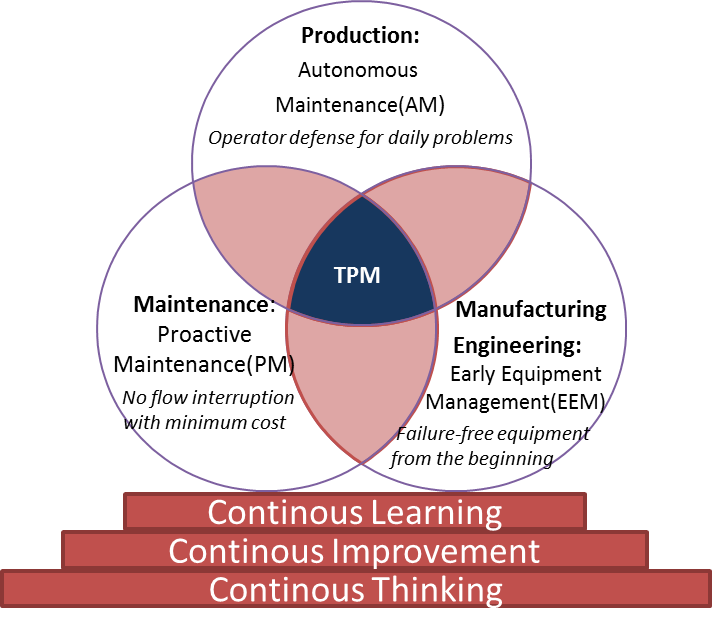
This new model practices “Think-Improve-Learn” mechanisms. Do not accept any new information as it is. First, think for yourself using your own observations and imaginations. Improve it with self-experimentation. You can make mistakes, this is human nature. But you can learn from your mistakes. Therefore after each experiment, reflect on the good and the bad practices. In every system, the good and the bad corresponds with the unique entity. This Yin Yang coexist in any culture and they give rise to, exist within, reinforce, and complement each other to shape the holistic, dynamic, and dialectical nature of the culture. The new TPM model recognizes the factor of being human and adopts human nature through continuous thinking, improvement through experimentation and learning by reflecting the good and bad.
After the adequate learning and experimentation environment is provided inside the corporate culture, 3 important circles of TPM methodology starts to be established. Unlike JIPM’s 8 Pillar or most lean TPM concepts with 5 Pillars, TPM Cooking Receipt focuses on 3 main departments of the manufacturing organisations:
- Production,
- Maintenance
- Manufacturing Engineering
The main task of a production operator is to apply standard operations if he/she is working on a takted assembly line. On the other hand, if his duty is to operate fully automated equipment, make random quality checks, handle materials, etc. (In fact most of the time, he is not physically busy with any kind of manufacturing operation except loading and unloading parts.) During this time, the operator has enough time to observe the operating conditions of the equipment and can create the first line of defense against quality or machine failures.
“Operators are organic sensors who could diagnose early signals of daily problems. To activate their contribution, thinking, and experimenting for continuous improvement and learning habits should be supported by the management of the company.”
The etymologic root of the maintenance comes from the Latin word ‘manus tenere’ which means ‘to hold in the hand’. In the ancient Roman Empire, engineers constructing roads, bridges and siege weapons were also responsible to keep them running. Maintenance as a profession has later been developed, but the original duty to keep the system smoothly functioning when it is needed has been transformed into ‘react after a problem arises’. On the other hand, this wait-until-next repair approach brought a great burden of unreliability. To create quality products under the promised customer delivery schedules is just a romantic dream if the equipment is unreliable. Therefore getting preventive measures to eliminate machine breakdowns should be the primary role of the maintenance department. This requires a proactive approach to foresee problems before they turn into catastrophic failures and to restore equipment parts before their lifetime is over due to natural deterioration.
“The primary role of the maintenance department is to avoid flow interruption of the factory value stream due to machine related problems. While we implement necessary proactive measures, over maintenance should also be eluded.”
Manufacturing engineering departments are mostly responsible for defining the specification of new equipment or to add extra design features to the current available ones. No matter what the scope is, it is possible to systematically find out potential design problems together with maintenance techs and production operators and efforts could be focused to eliminate future risks. The new equipment should be easy to operate, easy to inspect and maintain, free of unnecessary design complexities, reliable for continuous operation and with low life cycle costs. If these conditions are met, it is possible to have failure-free equipment from the beginning.
“The cheapest lesson is learning from others’ mistakes. An engineering database where historical problems of the available equipment are clearly documented would help engineers in this manner. By analyzing this information together with some engineering assumptions, it is possible to eliminate future problems of the new equipment. The ultimate target is to create failure-free equipment from the beginning of the machine startup.”
Implementation of 20 Steps:
1- Equipment classification
2- Establishing TPM Organisation
3- Definition of Performance Measures (the rule of important few)
4- Starting Zero Loss Kaizens
5- Preparation to Basic Inspection
6- Installing Maintenance Breakdown Tables
7- Starting F-Tag system
8- Autonomous Maintenance Audits (5 Steps)
9- Creating Maintenance Information System
10- Creating Technical Training Room
11- Establishing Lubrication Management
12- Corrective Maintenance Activities
13- Start component based FMEA work to define right maintenance method
14- Implement visual management tools
15- Spare Part Inventory Management
16- Spare Part Lifetime Extension
17- Optimization Workshops for preventive maintenance plans
18- Creating maintenance competence improvement systematic
19- Creating Engineering Database and Engineering Information System
20- Installing 5 Design Reviews (DR) to create failure-free equipment from the beginning of startup
For a cultural transformation and injecting TPM Philosophy to the DNA of the company, we need at least three years of hard work. It is like starting the car, lowest speed but highest torque is needed when the car is stopping and we try to move it. This is the first gear of the car. Once it starts to move, we need less effort to increase the speed. The 20 Step TPM approach simplifies implementation ambiguities and gives a clear picture of what/when/with whom to do. Instead of mechanically implementing one step after another, it focuses managerial resources first to create an environment where thinking, experimenting and learning efforts of the people are appreciated and encouraged. Utilizing management coaching and leadership to put this initiative in practice would be the strongest drive once the clearly defined 20 Steps start to be implemented.
By Deniz Isik
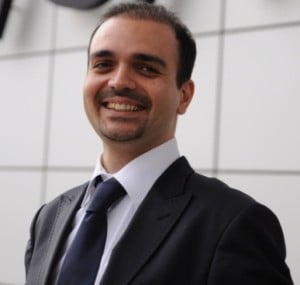 Deniz Isik is an industrial engineer with 12 years of work experience in reputable global manufacturing companies like MAN, Robert Bosch and BSH. He spent 6 years of his professional career in automotive companies and 6 years in electronical home appliances sector. Throughout his working life he carried out the duty of Supply Chain, Engineering, Maintenance, Production and OPEX Manager responsibilities which helped him to test different operational excellence approaches and to develop various cooking receipts to help multinational organizations to setup aligned Business Excellence Strategies right from the beginning.
Deniz Isik is an industrial engineer with 12 years of work experience in reputable global manufacturing companies like MAN, Robert Bosch and BSH. He spent 6 years of his professional career in automotive companies and 6 years in electronical home appliances sector. Throughout his working life he carried out the duty of Supply Chain, Engineering, Maintenance, Production and OPEX Manager responsibilities which helped him to test different operational excellence approaches and to develop various cooking receipts to help multinational organizations to setup aligned Business Excellence Strategies right from the beginning.
Deniz can speak English, German, Spanish and Turkish which enabled him to interact with many different cultures directly while he was testing his new management approaches at more than 50 manufacturing plants world-wide. After his final task at Bosch Siemens Headquarters as Head of Lean Operations, he is now continuing his mission to contribute to Global Operational Excellence as Free-Lance Consultant.
Contact him at: denizisik79@gmail.com

